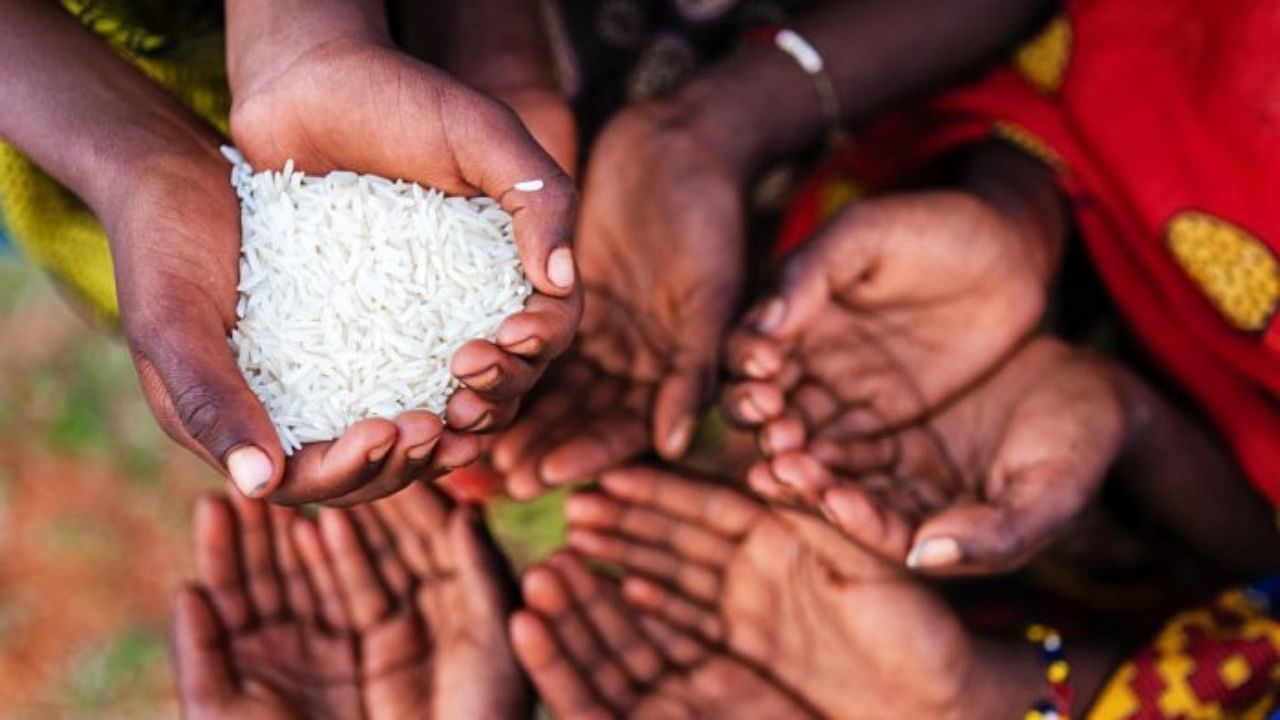
The stubborn high child malnutrition rates in India have baffled all solutions. Is it because we have not focused on the crucial period of its setting in? The widely accepted concept of the First Thousand Days tells us that the crucial stage in a child’s development is from the date of conception up to the child’s second birthday, as this is when the child is being formed and rapidly develops. Neglect during pregnancy of the mother’s health and nutrition will damage the child’s prospects of being born healthy and already well-developed. It may result in low birth weight babies or stillbirths or high neonatal mortality (deaths within the first month of life). Often this is followed by the delay in starting breastfeeding, or not adhering to it exclusively for six months, and/or poor weaning and complementary feeding practices after that period. All these compromise the child’s development irretrievably.
The new norms of the Early Childhood Care and Education (ECCE) policy and the restructured Integrated Child Development Services (ICDS) scheme enshrine these key practices and safeguards, but are not implemented fully in different states, and necessary supportive measures and entitlements of pregnant and lactating woman have been diluted and restricted.
The anganwadi worker and the ASHA are supposed to make regular home visits during a woman’s pregnancy, soon after childbirth and periodically as the child grows up. This appears to be followed mostly in the breach. Thus the interaction and counselling on the best practices in child-rearing and nutrition of the new mother and child are minimal, if at all provided.
The National Family Health Survey (NFHS), a periodic series of survey data on many health and nutrition indicators related to children and women, has published the preliminary findings of NFHS-5 (conducted in 2019-20) for 17 states and five Union Territories, revealing that childhood stunting has increased in 13 out of 22 states/UTs, wasting in 12, and underweight in 16. Anaemia among all groups, children and adults, has increased. This phase of the NFHS-5 was carried out before the pandemic and the lockdowns, so it is likely that the situation will be even more alarming now.
The situation in Karnataka is patchy, with some indicators being alarming. According to previous surveys, the state has been only midway among all the states/UTs for most health and nutrition indicators. Moreover, though the trends since the first NFHS survey of 1992-93 were encouraging for a number of mortality and nutrition indicators, NFHS-5 data are hardly better than most NFHS-4 ones. The current scores are 25 for IMR (infant mortality rate or infant deaths per one lakh live births), 16 for NNMR (neo-natal mortality rate or deaths in the first month of life), 35% children stunted, 20% wasted (of which 8% is severely wasted), 33% underweight and a whopping 66% anaemic.
There are myriad causes for this sorry picture. Almost 21% of marriages and 5% of pregnancies are of girls below 18. These lead to higher maternal and infant mortality rates as well as more low birth weight and neonatal mortalities. Other causes are the poor health and nutrition levels of the mother. About 48% of women are anaemic, thus hampering the growth of the foetus. Over a fifth of women have low BMI or Body Mass Index.
To prevent lower anaemia among pregnant women, they should take Iron Folic Acid (IFA) tablets, but many problems hamper full implementation — lack of regular supplies to non-compliance due to IFA’s side effects. Food taboos also stand in the way of the pregnant woman’s nutritional well-being. These issues lead to a woman’s depleted health and nutritional status, resulting in higher maternal and infant mortality, or higher child morbidity. Simple messages about the use of nutritious foods and practices need to be communicated repeatedly to the public for enhancing the consumption of nutrients.
There are a lot of impediments to the optimal growth of the child even if born healthy and with normal weight. Traditional myths and taboos as also unethical promotion of breastmilk substitutes prevent the adoption of good breastfeeding practices. Poor weaning and feeding practices after the first six months further hamper a child’s development. Apart from continuing to be breastfed, the infant has to be gradually introduced to solids, such as any dal-rice/millet food available at home along with vegetables and fat, mashed well till the baby gets teeth. If the family desires, eggs and meat can also be introduced gradually. Sprouted grains and pulses are a great source of nutrition too for the older baby.
An infant’s stomach is small, and so she must be fed several times a day. In her second year of life, the child may start to eat from the family pot, so to say, assuming that the pot is generally nutritious, which may not be true of the poorer households. Unfortunately, it is surprising how many infants are weaned on just rice gruel for months!
Anganwadis often just give THF (take-home foods) to mix with the infant’s milk or give as laddus, or add the generic advice to give her more vegetables. Specific traditional foods that almost all in our state can access must be stressed, as also a diet diverse and balanced in nutrients.
In conclusion, unless we pay close attention to the health and nutrition of the mother-to-be, breastfeeding practices, weaning and feeding of the child until two years or so, we will not see declines in stunting, underweight, anaemia or wasting in our children. Our current interventions certainly need to continue, but an edifice built on shaky foundations is obviously unstable. Following this Poshan Maah, let us focus more on the first thousand days for a strong foundation.
(The writer is Trustee, Child Rights Trust, Bengaluru, and formerly Sr. Intersectoral Advisor, Unicef)
Deccan Herald is on WhatsApp Channels| Join now for Breaking News & Editor's Picks